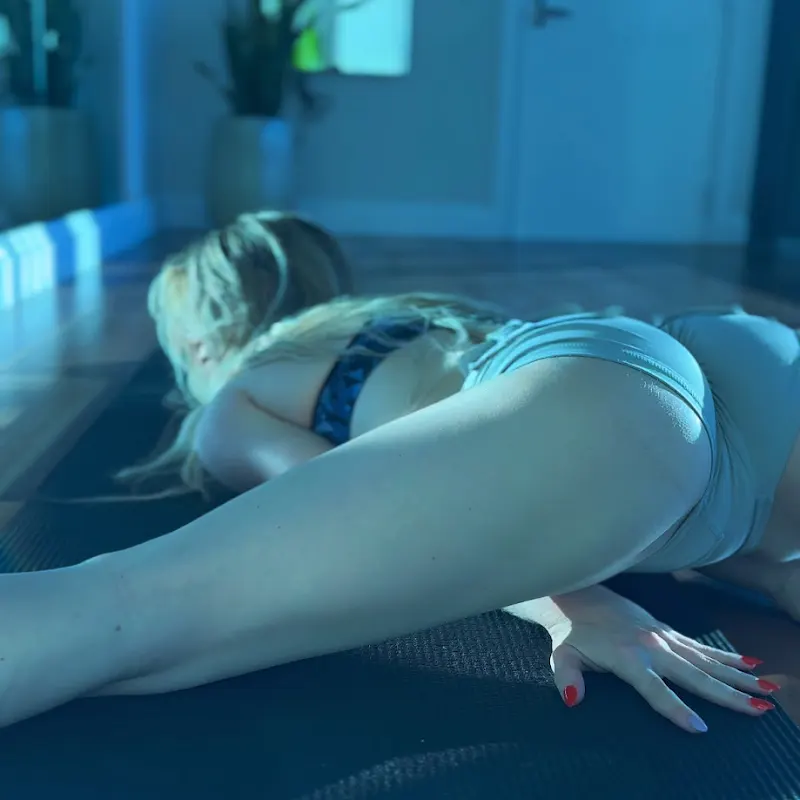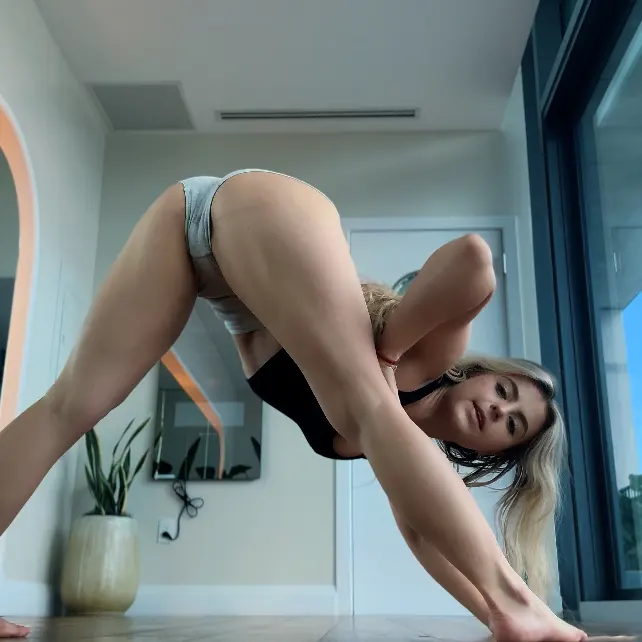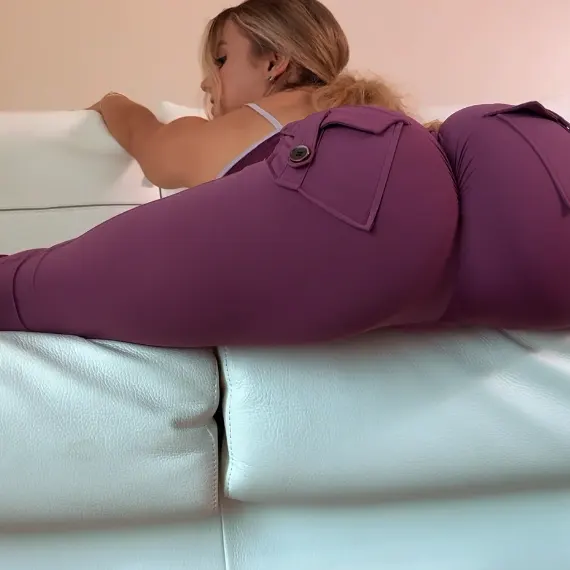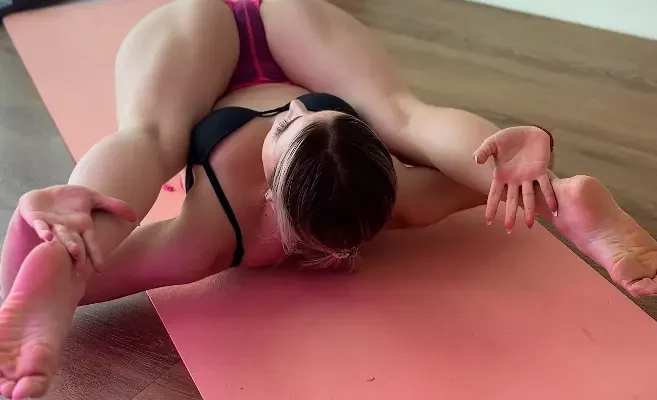
There’s something truly special about diving into a project that excites you so much that time seems to fly by. Whether it’s painting, gardening, cooking, building something with your hands, or even writing, there’s a joy in the process itself. That feeling of being completely absorbed, smiling at every little step, and watching your vision take shape is hard to describe but easy to recognize. That’s exactly what I feel right now: I’m having fun working on this! What do you think?
When I first started this project, I wasn’t sure how it would turn out. To be honest, I had a little bit of doubt. Many times, we hesitate to begin because we fear mistakes, criticism, or the idea that our final product won’t look as polished as someone else’s. But here’s the beautiful truth: the joy doesn’t only come from the finished work—it comes from the journey. Every stroke, every adjustment, every step in progress is its own reward.
The Spark That Starts It
Every project begins with a spark. For me, that spark was curiosity. I wanted to see what would happen if I actually sat down, rolled up my sleeves, and tried. We often underestimate how much happiness we can find in simply starting. The hardest part is always taking that first step. Once you do, the flow begins, and suddenly your hands are moving, your mind is engaged, and your heart feels lighter.
I remember gathering all the materials I needed. There was this buzz of excitement, almost like preparing for a trip. I wasn’t traveling to a different country, but I was definitely heading on a journey—an adventure of creation. Each tool and each idea became like little companions, waiting to see how they would be used.

Getting Lost in the Process
What surprised me most was how quickly I lost track of time. One minute I was sketching out the first draft, and the next thing I knew, hours had passed. My phone buzzed with notifications, but I barely noticed. The outside world melted away, and I was fully present in the moment. Isn’t that one of the best feelings? When you’re so engaged that you don’t think about yesterday’s worries or tomorrow’s deadlines?
And you know what? Mistakes happened. At first, I frowned when something didn’t look right. But then I laughed. Each little “imperfection” actually made the project more unique. It became my signature, a reminder that this wasn’t about being perfect but about being real. I started embracing those quirks, almost like hidden stories inside the final piece.
Joy in Small Wins
Sometimes people think joy only comes when the project is complete. But I discovered that the little wins along the way are just as important. When I finally figured out how to fix a detail that had been bothering me, it felt like solving a mini puzzle. When a new idea popped into my head and actually worked, I couldn’t stop smiling. Each step forward boosted my motivation.
It’s like building a tower block by block. Every piece added brings a sense of achievement. You don’t wait until the last block is placed to celebrate—you enjoy the process of stacking each one. That’s exactly how this project feels: every small win builds excitement for the next step.
The Fun of Experimenting
One of the things I enjoyed most was experimenting. Sometimes I followed my original plan, and sometimes I completely changed direction. At first, I worried that changing too much meant I wasn’t doing it “right.” But then I realized—there is no right or wrong. Creativity is about freedom. It’s about testing, mixing, and letting yourself be surprised.
I tried out different colors, new shapes, and fresh approaches I hadn’t considered before. Some experiments didn’t work out at all, but others turned into my favorite parts of the project. That unpredictability kept things exciting. It reminded me of being a kid again—when playing and exploring were natural, and nothing had to be perfect.

Sharing the Journey
Of course, one of the best parts about working on something fun is sharing it with others. That’s why I want to ask you: what do you think?
Sometimes we hesitate to share our work, worrying that others might judge us. But sharing is part of the joy. It opens the door to connection. Maybe someone will be inspired by what we’ve done. Maybe they’ll offer helpful feedback. Or maybe they’ll just smile and say, “That looks fun!” And that’s enough.
When I showed a small preview to a friend, their excitement doubled my own. It’s amazing how sharing creativity multiplies joy. Suddenly, it’s not just my project anymore—it’s a conversation, a shared moment of inspiration.
Lessons Learned Along the Way
As I’ve worked on this, I’ve learned a few valuable lessons:
- Enjoy the process, not just the result. The best memories often come from the messy middle, not the polished end.
- Mistakes are not failures. They’re part of the story, adding character and uniqueness.
- Curiosity is powerful. Letting yourself wonder, “What if I try this?” can open doors you didn’t expect.
- Sharing builds connection. When you let others in on your journey, you spread joy beyond yourself.
These lessons don’t just apply to creative projects—they apply to life. Imagine if we approached our daily tasks with the same sense of fun and curiosity. Imagine if we embraced mistakes as part of growth instead of fearing them. Life itself could feel more like play.

What Comes Next
I’m not finished yet. There’s still more to add, more to adjust, more to polish. But instead of feeling tired or pressured, I’m excited. Every step is another chance to discover something new.
That’s the magic of having fun while working on something—you’re not counting down the minutes until it’s done. Instead, you’re savoring each moment along the way. And when it is finished, the final piece won’t just be an object or a result. It will be a collection of moments, memories, and little joys stitched together.
Turning It Back to You
So, what about you? Have you ever had a project that made you feel this way—completely absorbed, smiling to yourself, and surprised by how much fun it was? It doesn’t matter if it’s big or small. Maybe it was baking bread for the first time, planting flowers in your garden, or learning a dance move. That spark of fun is what matters most.
I think we all need more of these moments in our lives. Work can be stressful, responsibilities can weigh heavy, and routines can feel dull. But when we find something that lights us up, even for a short while, it makes everything brighter.
So here I am, still working, still laughing at mistakes, still celebrating small wins. And I have to say: I’m having fun working on this! What do you think?



